How does an ECG Machine Work?
 Mar 30,2025
Mar 30,2025

 Uryn
Uryn
An ECG Machine is an important medical testing device. It can effectively identify whether there are abnormalities in the heart by accurately measuring the electrical activity that triggers myocardial contraction. The core function of an electrocardiograph is to accurately record the sinoatrial rhythm of the patient's heart and provide doctors with intuitive graphical information.
An electrocardiograph is usually equipped with 12 lead electrodes, which are placed in different locations on the human body. Among them, 10 electrodes are mainly distributed on the patient's limbs and chest surface. By measuring the overall amplitude of myocardial electrical pulses from 12 different directions and recording them over a period of time (usually 10 seconds), the electrocardiograph can fully capture the electrical activity of the heart.
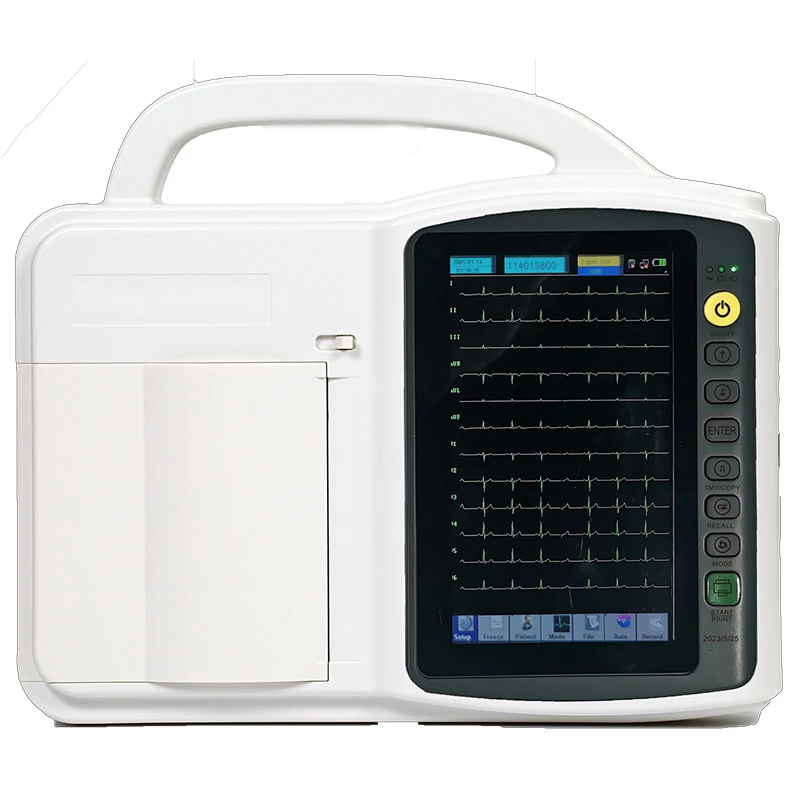
When the myocardium depolarizes, the electrodes attached to the body or chest can sense a weak voltage, usually only a few millivolts. In order to make these weak signals clearly recorded, the electrocardiograph uses an amplifier to amplify them and display the results on a monitor or chart.
Under normal circumstances, the electrocardiogram of a healthy heart has a specific morphology. Any changes in heart rate or myocardial damage may change the electrical activity of the heart, resulting in changes in the morphology of the electrocardiogram. By analyzing these changed patterns, doctors can find more effective treatment options to help patients restore heart health.
ECGs are mainly used to detect the following symptoms:
- Shortness of breath
- Dizziness
- Chest pain
- Fast or irregular heartbeats
ECG machines consist of components such as electrodes, sticky pads, monitors, and power supplies. Depending on different testing needs, ECG machines can be divided into the following types:
Rest ECG test
In a resting ECG test, the patient needs to lie flat and remain still, and the entire test process usually lasts 5 to 10 minutes. This test method is mainly used to evaluate the patient's heart function at rest.
Holter test
The Holter test requires the patient to wear a wearable ECG machine. The device can continuously record heart rhythm data for more than 24 hours. By analyzing these long-term heart rhythm data, doctors can have a more comprehensive understanding of the patient's heart condition and determine the treatment plan that is suitable for the patient.
Exercise stress test
In an exercise stress test, the patient needs to exercise on a treadmill or bicycle. During exercise, doctors monitor the patient's breathing, blood pressure, and electrical activity of the heart. By analyzing changes in heart rhythm at different exercise intensities, doctors can more accurately assess heart function.
As an important medical testing tool, the ECG Machine provides strong support for the diagnosis and treatment of heart disease.

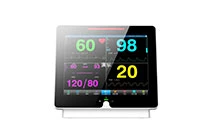

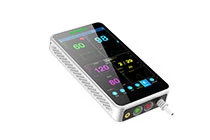
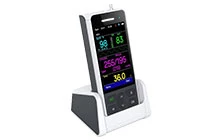
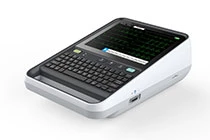
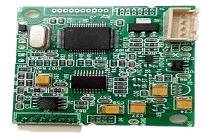




 Home
Home How to read ECG data?
How to read ECG data?  You May Also Like
You May Also Like

 Tel
Tel
 Email
Email
 Address
Address












